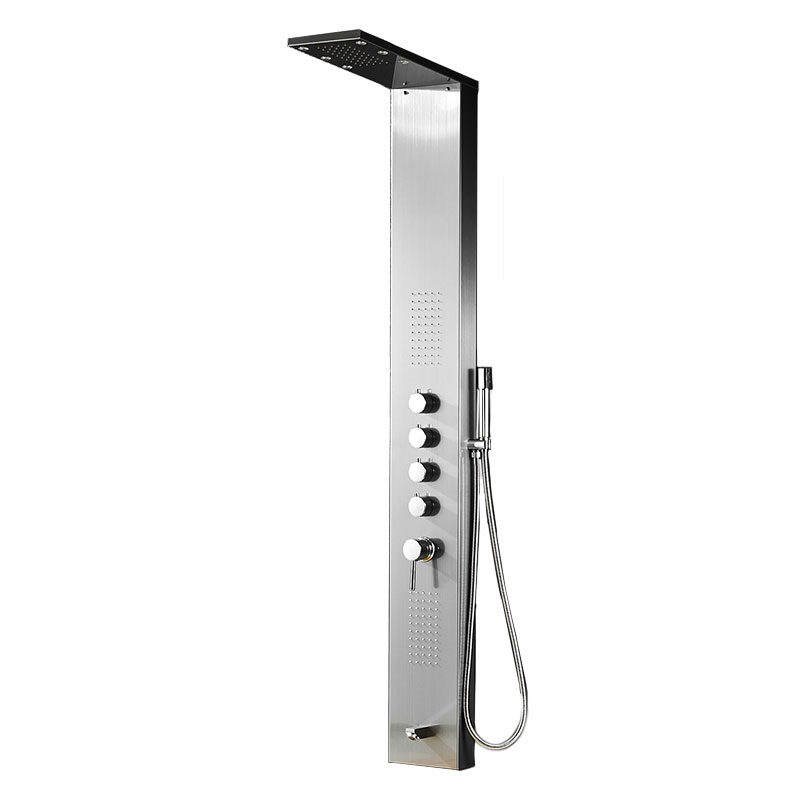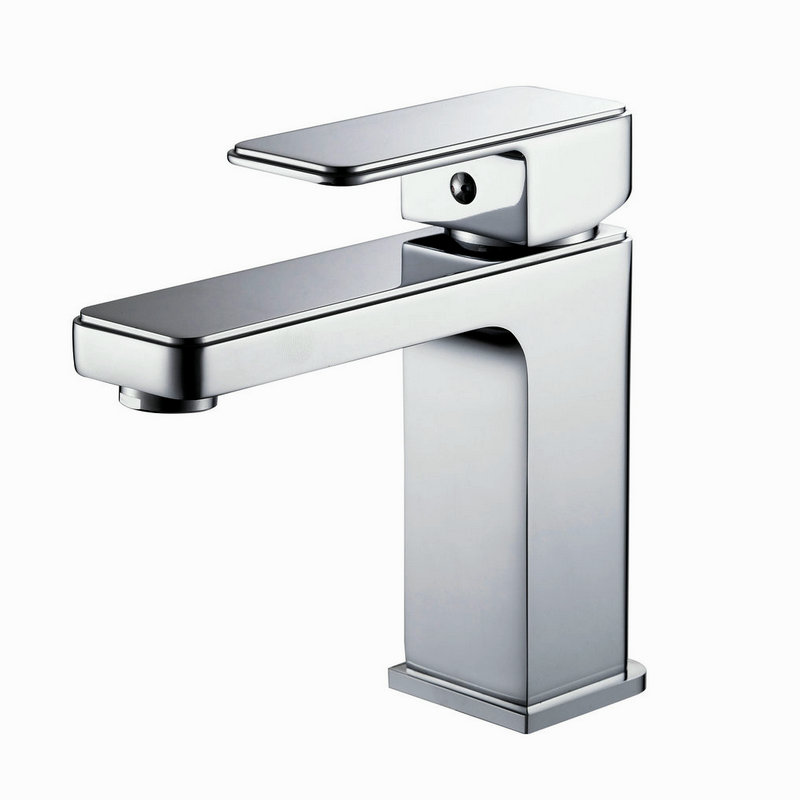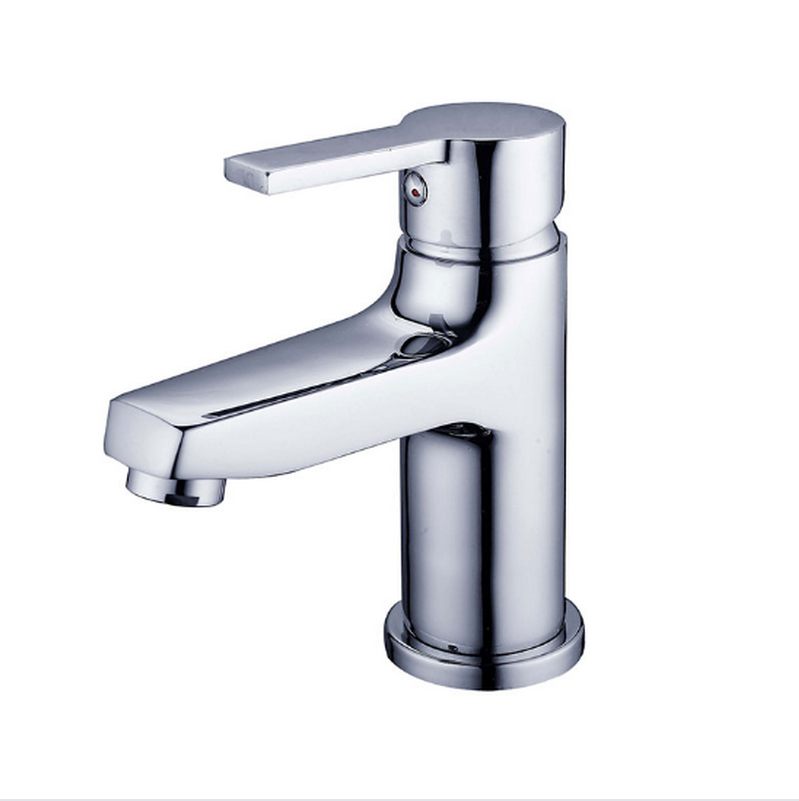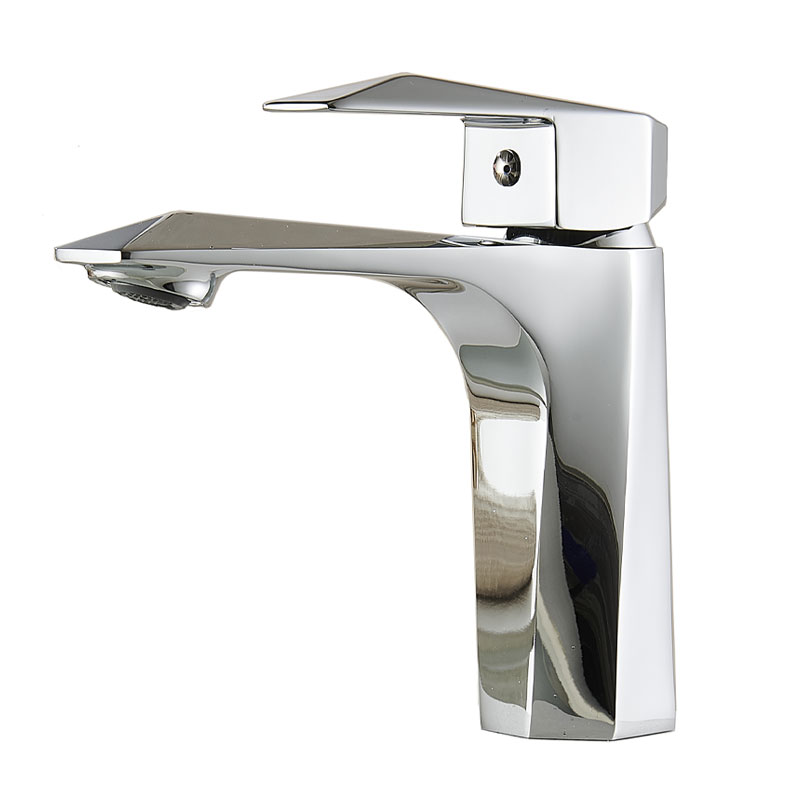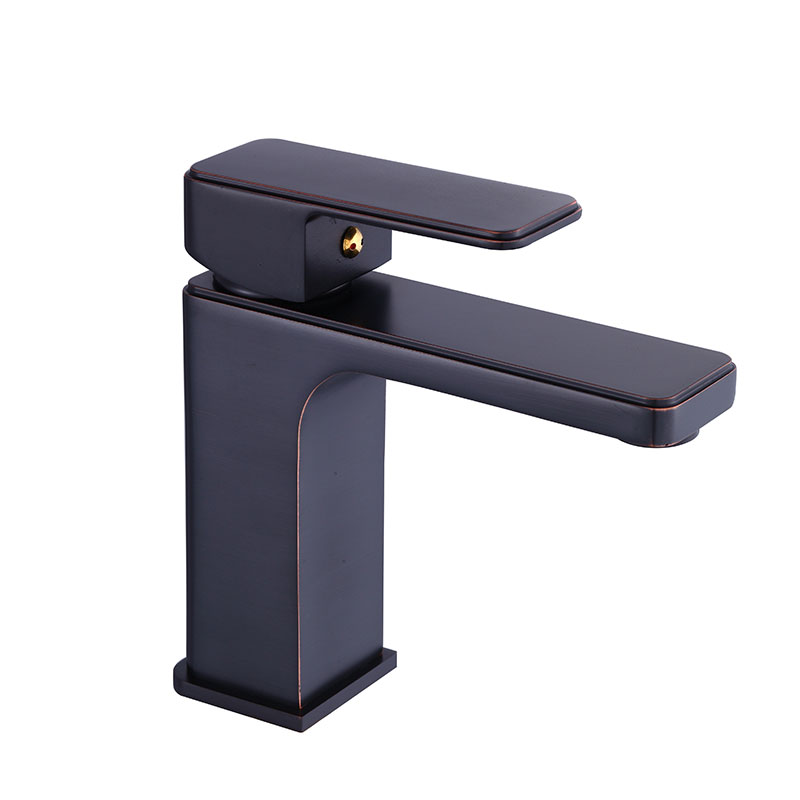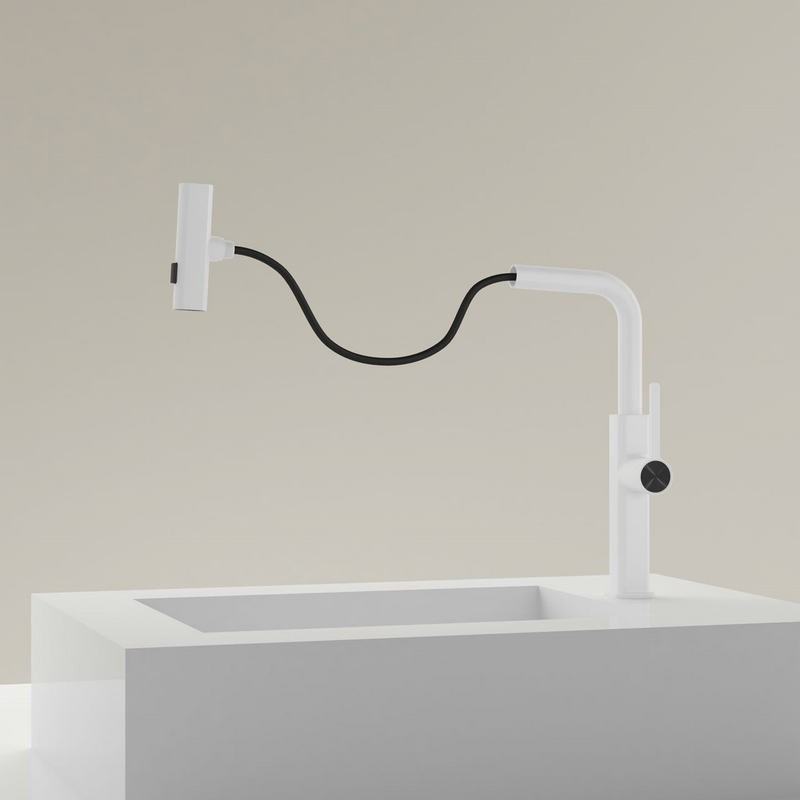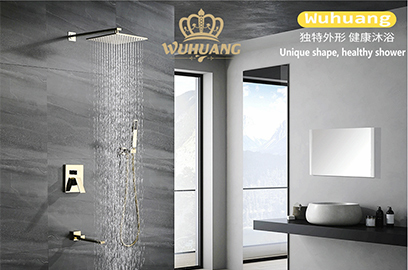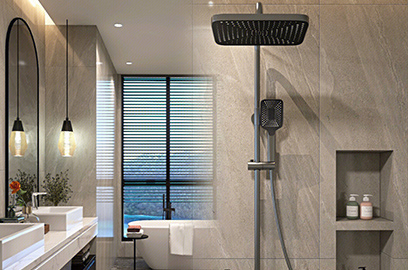1. Check the Water Heater
Gas Heater
• Verify the pilot light is active (relight following manufacturer instructions if extinguished).
• Confirm the gas supply valve is fully open, with no leaks or pressure issues.
Electric Heater
• Check circuit breakers (reset if tripped) and test heating elements for continuity using a multimeter (replace faulty elements).
Tankless Heater
• Ensure power/gas supply is stable, clean sediment from inlet filters, and reset error codes per the user manual.
2. Test All Hot Water Faucets
No Hot Water Across All Faucets
• Issue Likely in Heater: Possible failures include a broken heating element, faulty thermostat, or a clogged dip tube (tank-style heaters).
• Tank Heater Fix: Flush the tank to remove sediment blocking hot water outlets (see Step 4 for instructions).
Only One Faucet Affected
• Check Under-Sink Valve: Ensure the hot water supply valve (labeled “H” or red) is fully open.
• Clean Aerator: Disassemble the faucet aerator to remove mineral/sediment buildup.
• Replace Cartridge: Inspect for a stuck or worn cartridge (common in single-handle faucets) and replace as needed.
3. Inspect Valves and Pipes
Hot Water Supply Line
• Confirm the main valve connecting the heater to faucets is open (located near the heater or under sinks).
• Look for leaks (water pooling, damp spots) – a burst pipe reduces pressure/flow.
Mixing Valve (e.g., Shower Systems)
• A stuck anti-scald valve can block hot water flow. Clean or replace the valve if defective.
4. Sediment Removal & Maintenance
Tank Heaters (Annual Flush)
1. Turn off power/gas and cold water supply.
2. Attach a hose to the drain valve, open it, and drain water (use a bucket indoors).
3. Reopen cold water to flush sediment, then refill and restart the heater.
Tankless Heaters (Descaling)
• Use vinegar or descaling solution regularly to remove mineral buildup in heat exchangers.
5. When to Call a Professional
Contact a licensed plumber/HVAC technician for:
• Complex electrical/gas issues
• Heater replacement or advanced repairs
• Persistent problems after initial troubleshooting
Quick Fixes & Prevention
• Temporary: Thaw frozen pipes with a hairdryer (rare for indoor hot water lines, more common in cold climates).
• Preventive: Insulate hot water pipes to reduce heat loss and schedule annual heater maintenance.
Systematically checking these areas will help diagnose most hot water flow issues. Prioritize safety (shut off power/gas before repairs) and consult experts for complex problems.
Tag: #Kitchen Faucet, #Basin Faucet

